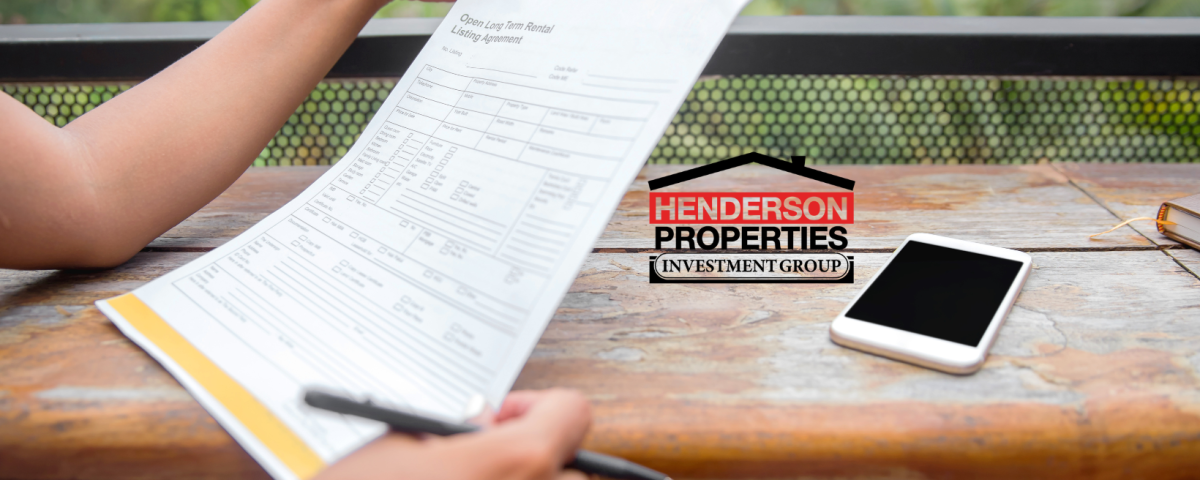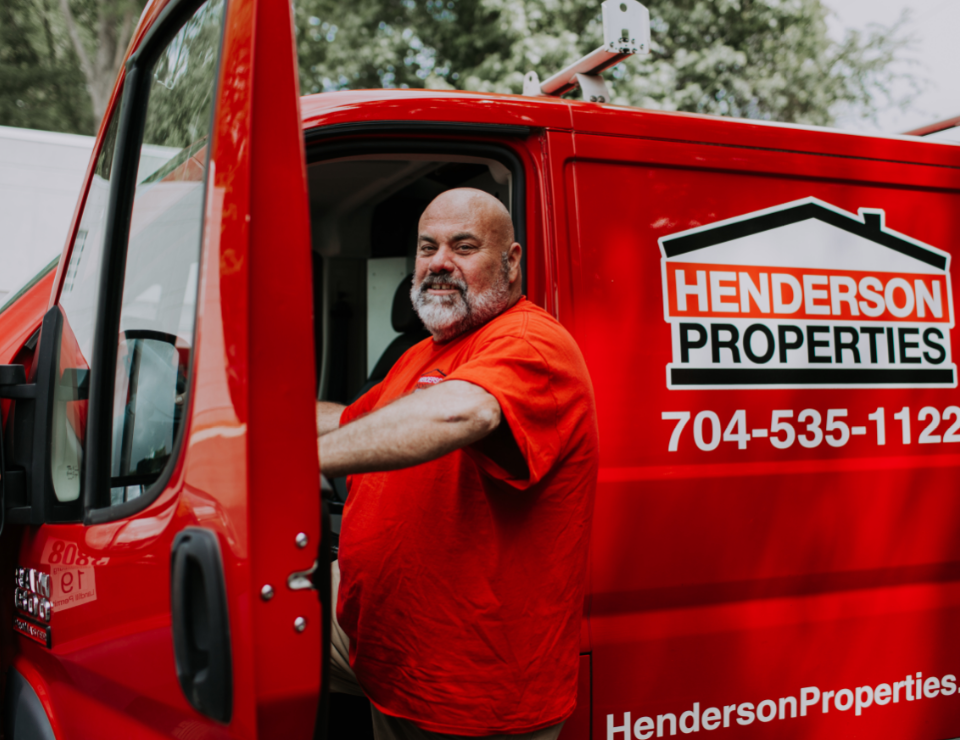Wear & Tear Checklist For Rental Property Owners
Wear & Tear Checklist For Rental Property Owners

Wear & Tear Checklist For Rental Property Owners
What is a move-out checklist?
It’s an essential tool for any successful landlord. It’s a legal agreement that the landlord and the tenant inspect a rental space before the renter vacates the property.
It’s not enough for a landlord prepping a unit for turnover to assume that the condition of a property is good enough or that minor wear and tear issues aren’t important. When you present an empty unit to a new renter, you want an applicant that will take good care of the space, and how well it looks at the beginning may determine how much maintenance your tenant will treat your property.
Having a wear and tear checklist allows the landlord to formally document the apartment’s condition in the tenant’s presence and evaluate any damages.
A Closer Look at What Wear & Tear Means
What do we mean by “wear and tear?” Generally, it describes any damage or loss experienced as a result of general use. This is considered typical depreciation and happens to just about every rental property over time.
For instance, normal use can include faded or peeling paint or marks on surfaces such as wooden floors that are frequently walked on. It could also have discolored grout in the bathroom, faded carpets, and loose cabinet door handles.
Property damage, by contrast, affects a rental property’s ability to function normally in some way. This goes beyond simple wear and tear and results in neglect, sometimes on purpose and sometimes by accident. Damage has nothing to do with routine use in any way. This might be holes in a wall, chipped tile, cracked mirrors, broken doorknobs, damaged railings, and unremovable carpet stains.

A Wear and Tear Checklist
Here is a list of things to check for a typical wear and tear inspection. Of course, you may have to tailor your checklist to accommodate your particular rental property.
- Check electrical outlets.
- Turn on all lights and make sure each fixture has new light bulbs.
- Check the integrity of all doors and windows, including locks, hardware, weatherstripping, and screens.
- Inspect the paint on walls, baseboards, and ceilings.
- Ensure the toilet paper holder and towel bars are secure.
- Check closets.
- Make sure any railings aren’t loose or wobbly.
- Test smoke and carbon monoxide detectors.
- Flush all the toilets and check for leaks.
- Check all the faucets for proper function and pressure.
- Examine sinks for adequate drainage and no leaks.
- Test every appliance that came with the unit.
- Test heating and cooling systems, filters, vents, and controls.
- If applicable, check outdoor areas, including fencing and landscaping. Also, look for garbage and discarded items.
- When finished preparing your unit for a new tenant, make sure you’ve removed any tools, cleaning supplies, debris, or anything else you don’t want your new tenant to see.
The Importance of Having Property Photos
If you own multiple properties, it may be challenging to keep track of everything, especially if your units all share a similar style. This is where having move-in and move-out images comes in handy.
Just before your new tenant begins moving in, consider taking pictures of the rental space and noting any wear-and-tear damage so you can keep track of any subsequent wear-and-tear when the tenant moves out.
Follow the same procedure when your tenant leaves, documenting damages with images of the property. Take note of any new damage you detect and talk with your tenant about the potential for repairs and the associated costs.
Keeping Wear and Tear to a Minimum
This is where the significance of property maintenance is underscored. It would be best if you took good care of your property to minimize wear and tear. Remember that it’s not unusual for an appliance to break down when renting a place. Additionally, appliances require regular maintenance. Keep up on preventative maintenance, and you’ll save later on more serious issues.
Another way to keep wear and tear instances low is to ensure your rental is tenant-ready. For example, instead of purchasing hard-to-maintain wood floors, invest in lower-grade linoleum or similar material that is easy to clean and relatively inexpensive to replace if necessary. Also, consider solid surfaces and laminate countertops instead of butcher block tops for your kitchen spaces. Laminate countertops are much easier to keep appearing pristine and elegant.
When shopping for materials, take your time and consider patterns and styles that work well with your rental property and that would still attract quality tenants.
The Value of Being a Vigilant Property Owner
The easiest way to prevent significant repairs and prepare your rental unit for showings is to take the time to examine potential issues before and after a tenant rents. When you do so, you’re more like to get renters who will care about your property as much as you do, and everyone wins.
If you have questions about being an effective landlord and keeping your properties profitable, consult a qualified and experienced rental investment advisory company for more information. Call now! 704.535.1122 X256








